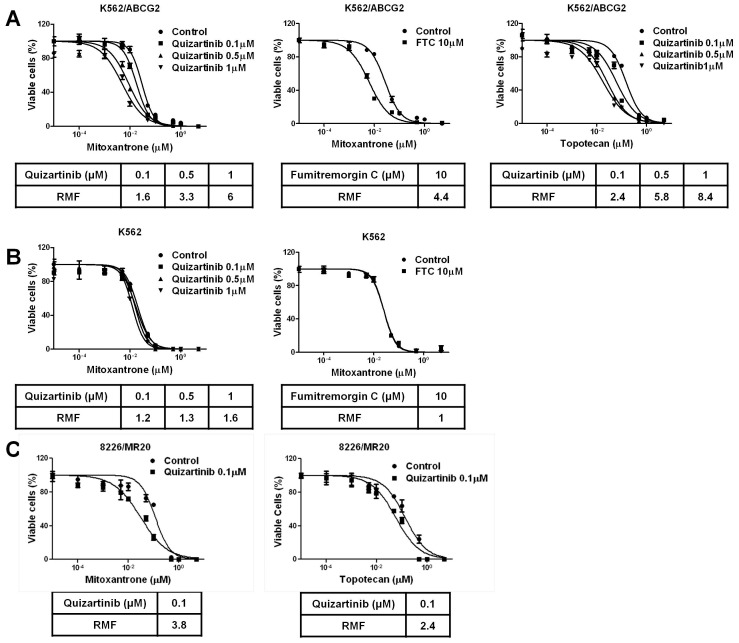Figure 3. Quizartinib sensitizes resistant cells overexpressing ABCG2, but not parental cells, to cytotoxic effects of ABCG2 substrate chemotherapy drugs.
(A) K562/ABCG2 cells, overexpressing ABCG2, were plated with mitoxantrone and topotecan at increasing concentrations in the absence and presence of quizartinib at 0.1, 0.5 and 1 µM and the established ABCG2 transport inhibitor fumitremorgin C at 10 µM for 96 hours and viable cells were measured using the WST-1 assay. Chemosensitization was quantified as the resistance modifying factor (RMF), or ratio of IC50 values in the absence and presence of quizartinib at each concentration. (B) Parental K562 cells were plated with mitoxantrone at increasing concentrations in the absence and presence of quizartinib at 0.1, 0.5 and 1 µM and the established ABCG2 transport inhibitor fumitremorgin C at 10 µM. (C) 8226/MR20 cells, expressing ABCG2, were plated with mitoxantrone and topotecan at increasing concentrations in the absence and presence of quizartinib at 0.1 µM only, as higher concentrations were cytotoxic.

